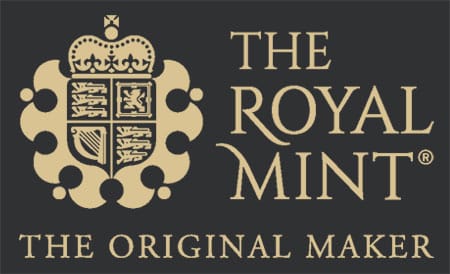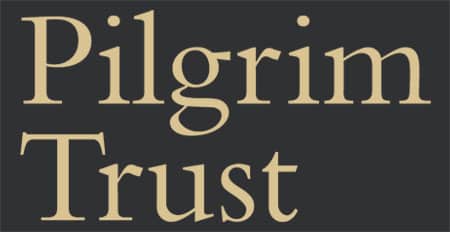Millwrighting started as soon as humans started to build machines, probably pre-Roman, but developed as the machines and materials did.
Millwrighting as we understand it today dates back to the Middle Ages when skilled craftsmen were essential in constructing and maintaining the water and windmills that powered the country’s agricultural and industrial activities. Early millwrights were highly regarded for their ability to design, build, and maintain the complex systems of gears, shafts, and wheels that turned mills into efficient powerhouses. Mills were critical for grinding grain, sawing timber, and even draining water from marshes, and millwrights played a pivotal role in ensuring these operations ran smoothly. Their work required a combination of mechanical knowledge, carpentry, and an understanding of water flow and wind dynamics, making them some of the most technically skilled tradesmen of their time.
The Industrial Revolution brought significant changes to the profession. As the UK transitioned from agrarian to industrial economies in the 18th and 19th centuries, millwrighting evolved to incorporate new technologies and materials. Iron and steel began replacing wood in the construction of machinery, and steam engines gradually supplemented or replaced traditional power sources like wind and water. Millwrights adapted by learning new skills such as metalworking and precision machining, becoming instrumental in constructing and maintaining the machinery that powered factories, textile mills, and mines. Over time, the role of the millwright expanded to include the installation and maintenance of industrial machinery, and the trade became closely associated with engineering disciplines. Despite these changes, the craft’s historical roots in ingenuity and problem-solving remain integral to the modern identity of millwrighting in the UK.






